SERVICES
Additional Information and Guides
INTERNATIONAL MOVE
PACKING & LOADING GUIDE
Quick Tips for Success
Plan Ahead
Start packing at least a month before your move to avoid last-minute stress.
Stay Organized
Label boxes clearly and keep your inventory list updated for customs purposes.
Inspect the Container
Ensure it’s clean, dry, and free of damage before loading.
Use Protective Gear
Gloves, back support belts, and sturdy shoes can prevent injuries.
Secure your Belongings
Ensure everything is well-padded, wrapped, and tied down for the journey.
Take Photos
Document your belongings before and after loading - for personal and insurance purposes.
HOW TO PACK YOUR BELONGINGS LIKE A PRO
Gather the Right Packing Supplies
To pack efficiently, you’ll need a variety of materials. Start with boxes—either cardboard or plastic. Cardboard boxes are lightweight and versatile, while plastic storage bins are waterproof, durable, and reusable, making them perfect for items that need extra protection, such as clothing, books, or toys. For specialty items like clothing on hangers, mirrors, or fragile dishes, invest in wardrobe boxes, mirror boxes, and dish boxes with built-in dividers.
You’ll also need packing materials like bubble wrap, packing paper, and foam sheets to cushion fragile items. Use plastic stretch wrap to secure furniture and keep drawers or doors from opening during transit. Don’t forget heavy-duty packing tape, a tape dispenser, and labels for clear organization.
Protect Your Furniture
Furniture requires extra care to ensure it arrives in perfect condition. Use plastic mattress bags to keep beds clean and dry. Cover sofas and chairs with furniture covers or moving blankets, and protect edges and corners of tables and cabinets with foam or cardboard corner protectors. For larger items like dining tables or bookshelves, disassemble them if possible, keeping screws and small parts in labeled plastic bags.
Wrap furniture in moving blankets or thick pads to prevent scratches. Once everything is wrapped, secure it with ropes or stretch wrap to avoid shifting during transport.
Pack Electronics and Fragile Items Carefully
Electronics need special attention during an international move. If you have the original boxes and packaging, use them. If not, wrap each device in anti-static bubble wrap and pack it in a sturdy box with foam padding. Bundle cables with zip ties or Velcro straps and pack them alongside the corresponding device.
For fragile items like dishes, glassware, and collectibles, wrap each piece individually with bubble wrap or packing paper. Use dish boxes with dividers for added safety, and fill any empty spaces in the box with packing peanuts or crumpled paper to prevent shifting.
Organize Your Packing
Before you start packing, create a detailed inventory of your belongings. Number each box and note its contents in a spreadsheet or handwritten list. Use pre-printed labels or markers to assign boxes to specific rooms, like “Kitchen” or “Master Bedroom.” This will make unpacking much easier.
Photograph high-value items for insurance purposes and take pictures of electronics before disconnecting them to remember how the wires were set up.
Clean Your Items
As you pack, take the opportunity to clean your items. Wipe down furniture, appliances, and other belongings to avoid bringing dust or pests into your new home.
Pack Essentials Separately
Set aside a suitcase or small bag with items you’ll need immediately upon arrival. This might include clothes, toiletries, medications, important documents, chargers, etc. Label these boxes or bags clearly as “Open First.”
Check Documentation and Customs Requirements
Prepare an itemized inventory for customs, detailing the contents of each box and their estimated value. Research the customs regulations for your destination country to ensure you’re not packing restricted or prohibited items. Keep important documents like passports, visas, and shipping contracts with you at all times.
HOW TO LOAD YOUR CONTAINER LIKE A PRO
Prepare Your Container
Before loading the container, ensure both the inside and outside are in good condition. Make sure it’s clean, dry and has no holes or dents. Start loading heavier items like furniture and appliances first, placing them at the bottom and against the walls of the container. Secure them with cargo straps or bungee cords to prevent movement during transport.
Stack lighter boxes on top, but avoid overloading to prevent crushing items below. Use the space efficiently by filling gaps with smaller boxes or soft items like blankets and pillows. Once everything is loaded, lock the container with a heavy-duty padlock for security.
Gather the Right Loading Supplies
Dollies and Hand Trucks: Essential for moving heavy furniture and appliances.
Moving Blankets and Pads: Protect furniture and fragile items from scratches during loading.
Ropes, Cargo Straps, and Bungee Cords: Secure your load to prevent shifting during transit.
Furniture Sliders: Help maneuver heavy items with ease.
Plywood Sheets: Useful for creating a stable, level surface or separating layers of items in the container.
Heavy-Duty Gloves: Protect your hands while handling heavy or sharp items.
Plan the Layout
Heavy Items First: Start with furniture, appliances, and other bulky items. Place them on the bottom and against the walls to create a sturdy base.
Balance the Weight: Distribute heavy items evenly across the container to prevent tipping or instability.
Create Layers: Load in tiers, starting with the heaviest and largest items, and then layer lighter or smaller items on top.
Load Strategically
Tetris-Like Stacking: Fill gaps between large items with smaller boxes or soft goods like pillows or linens. This maximizes space and minimizes shifting.
Vertical Storage: For long items like mattresses, place them upright along the container walls to save horizontal space.
Disassemble Large Items: Remove table legs, shelves, and bed frames. Place small parts in labeled plastic bags and secure them to the item they belong to.
Secure the Load:
Use cargo straps or bungee cords to anchor large items to the container walls.
Add plywood or load bars between layers for stability.
Check that nothing can move freely; a tight load prevents damage during transit.
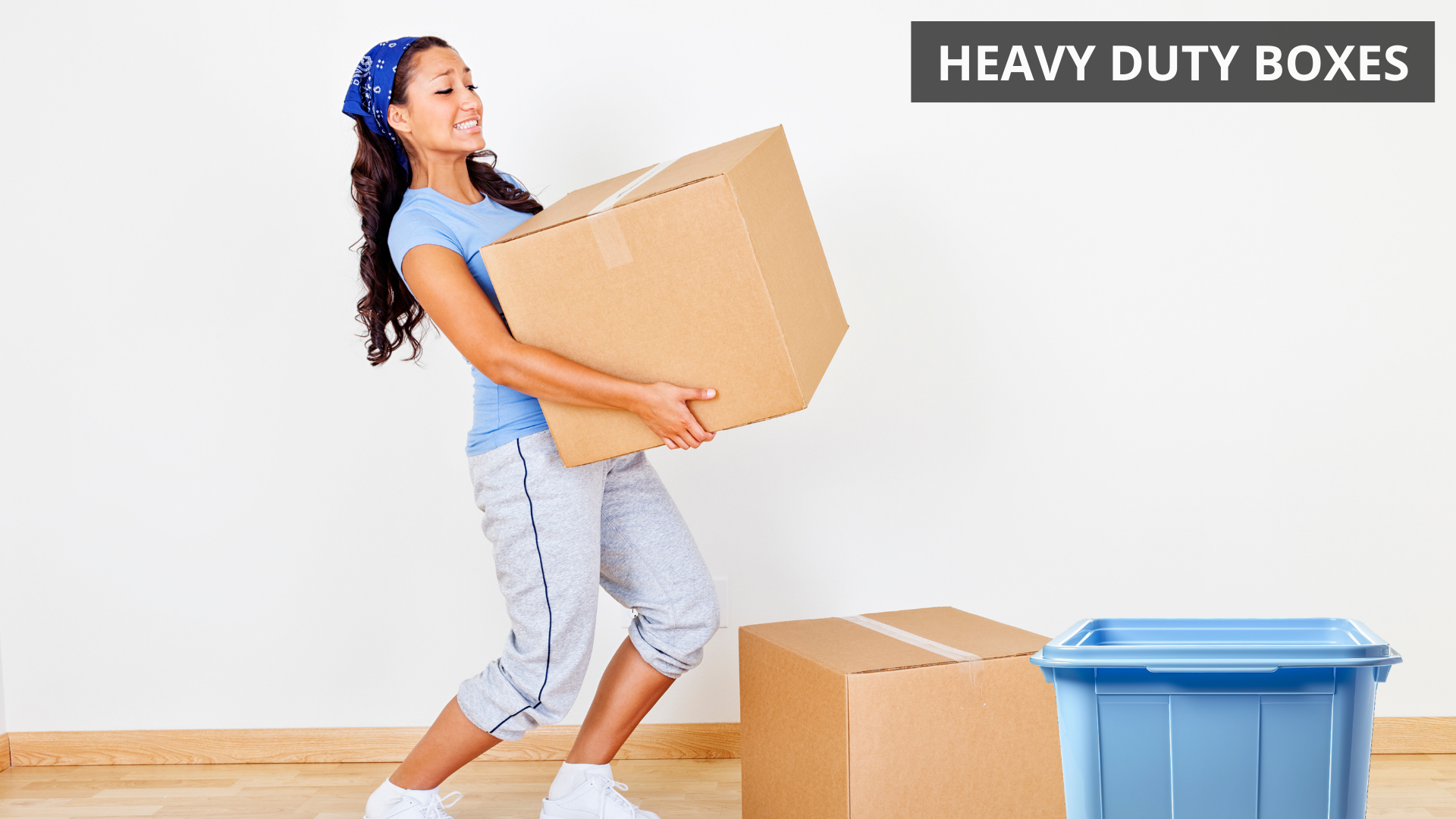
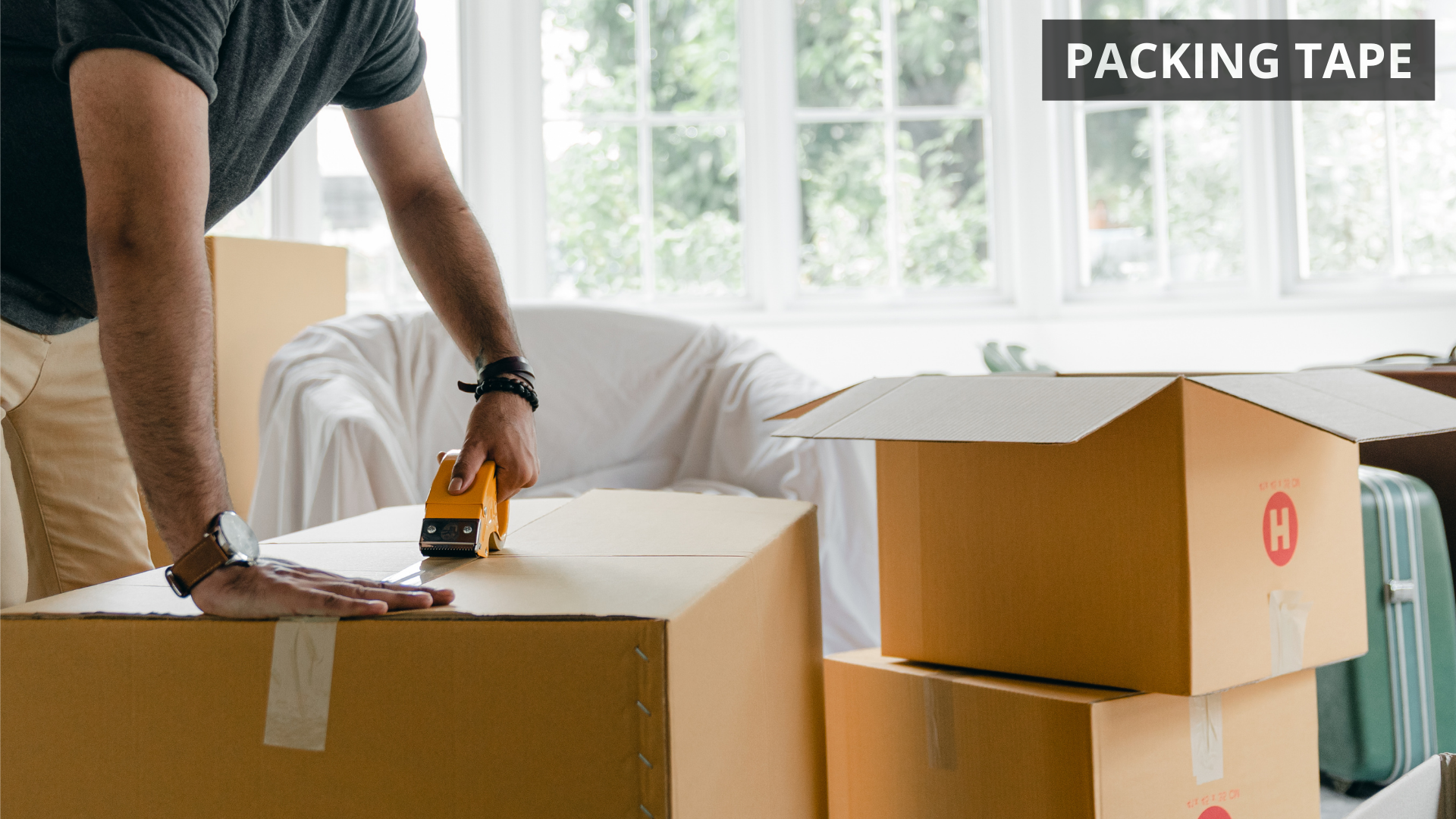
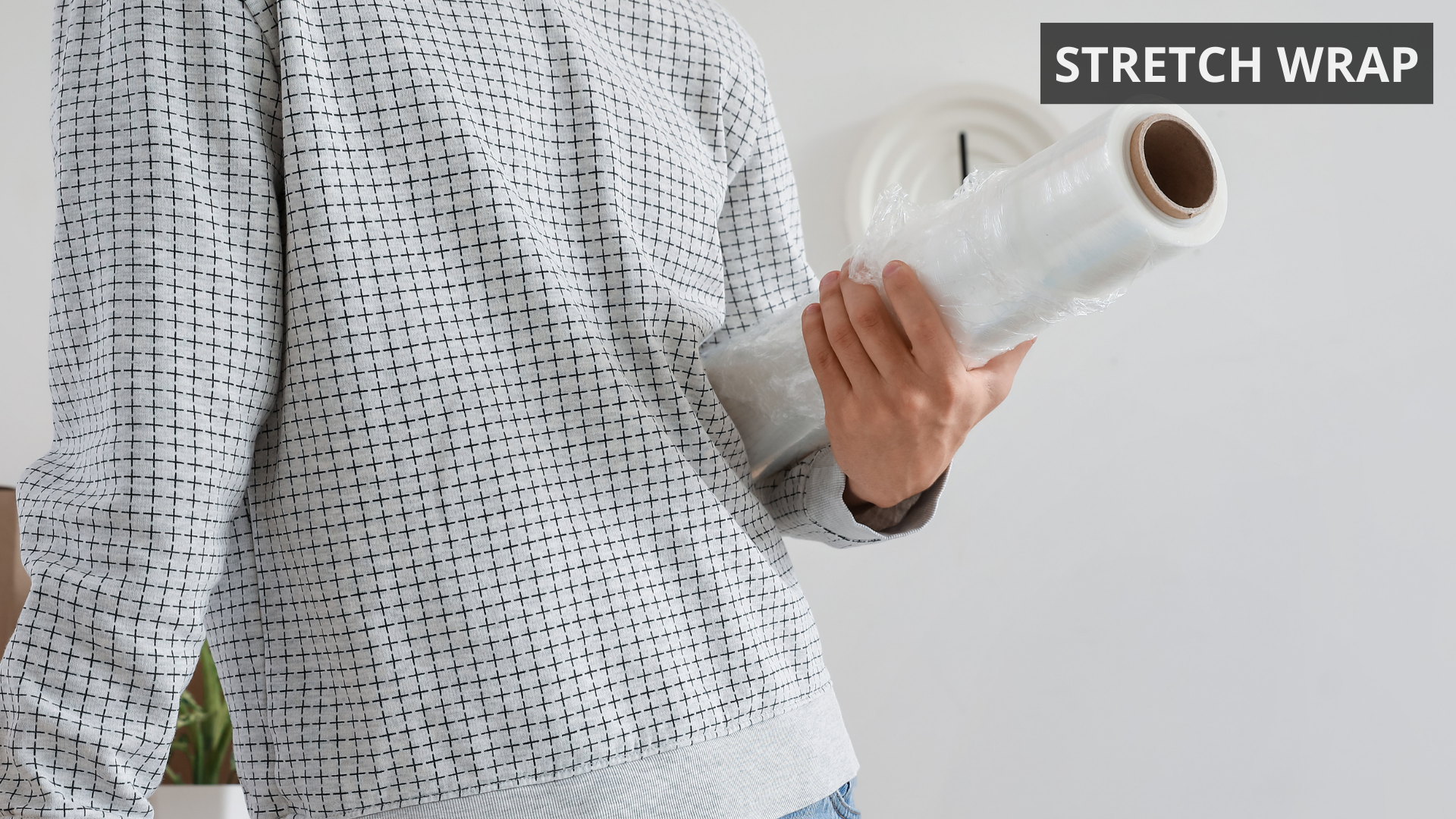
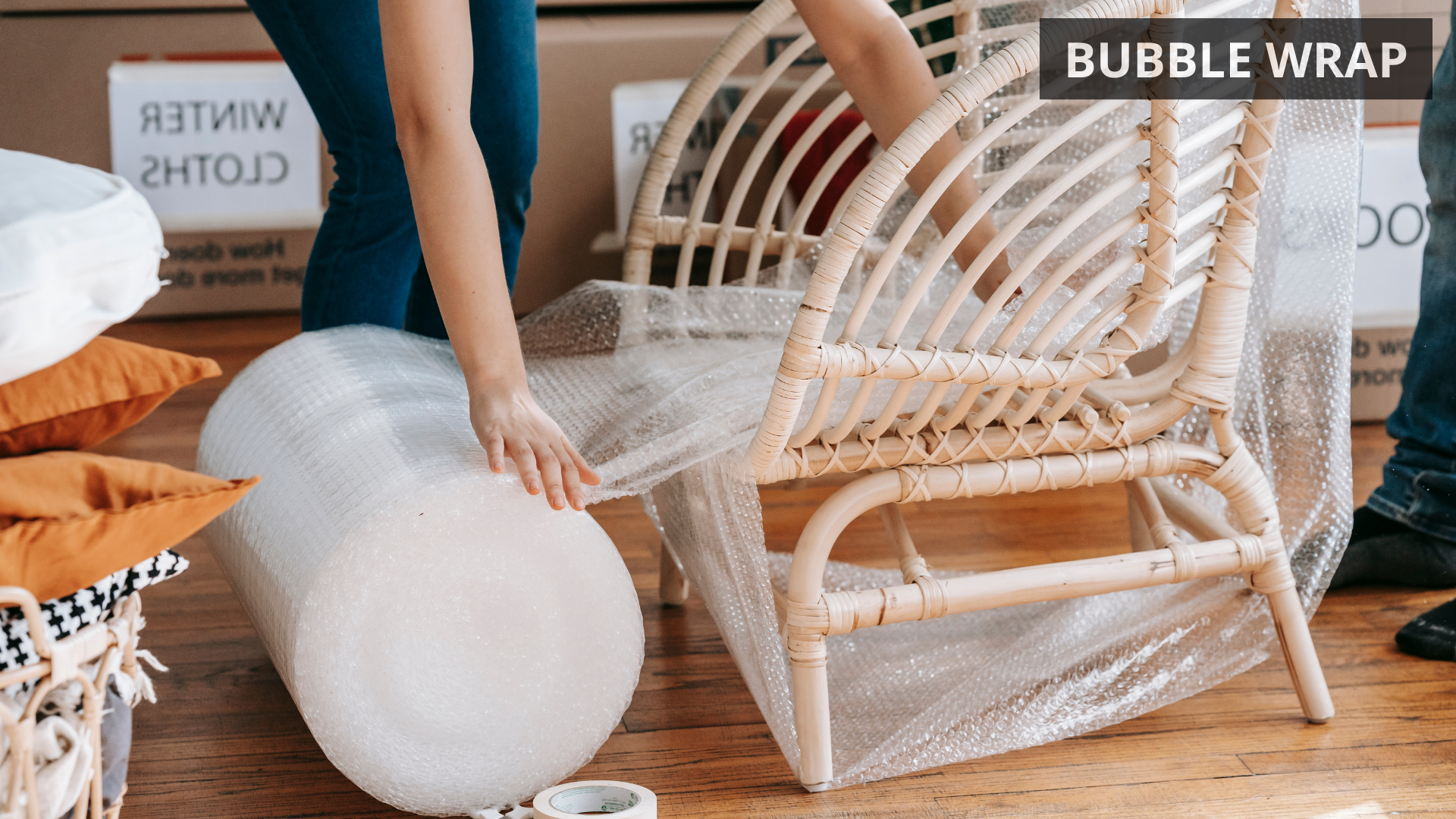
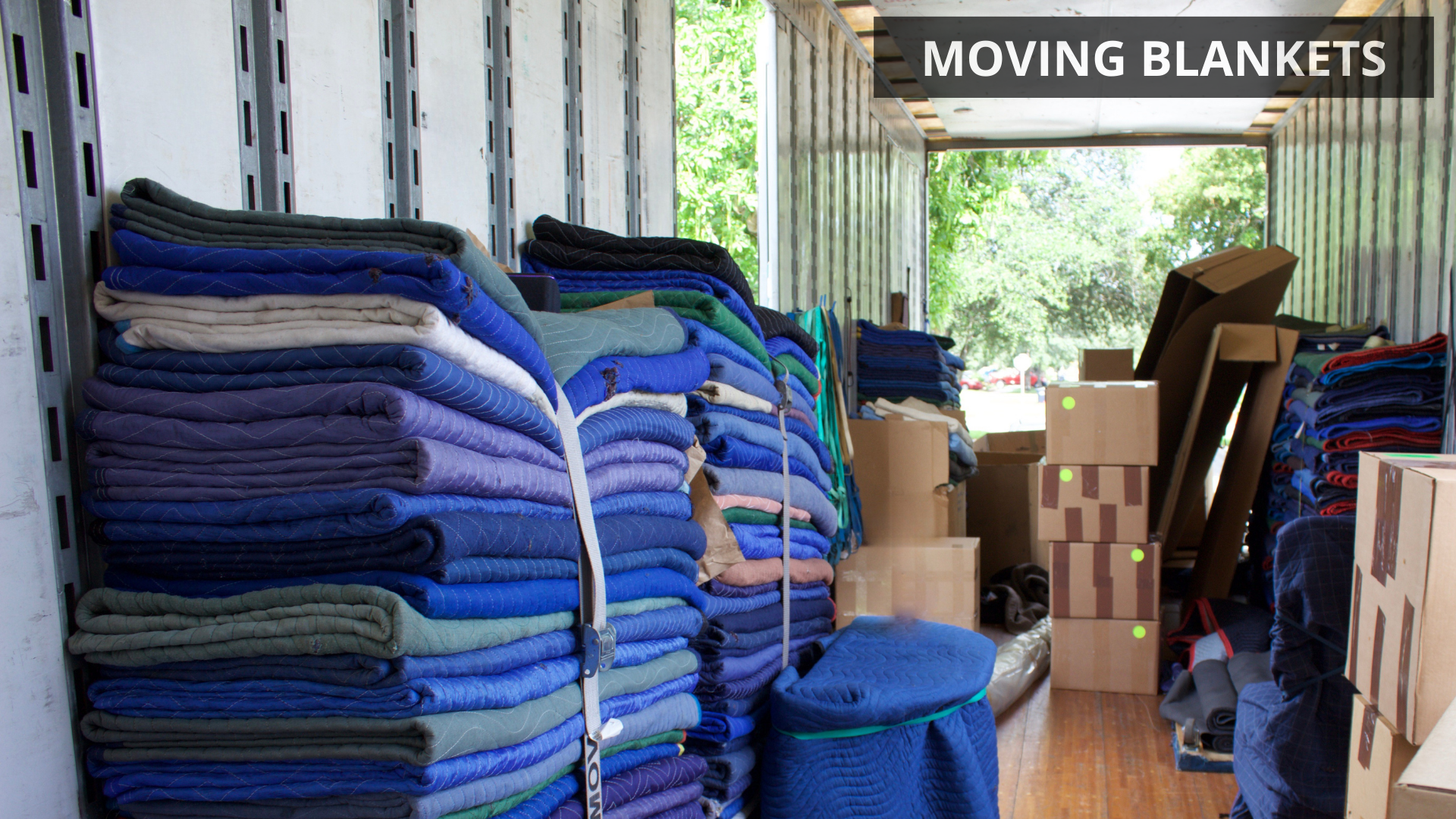
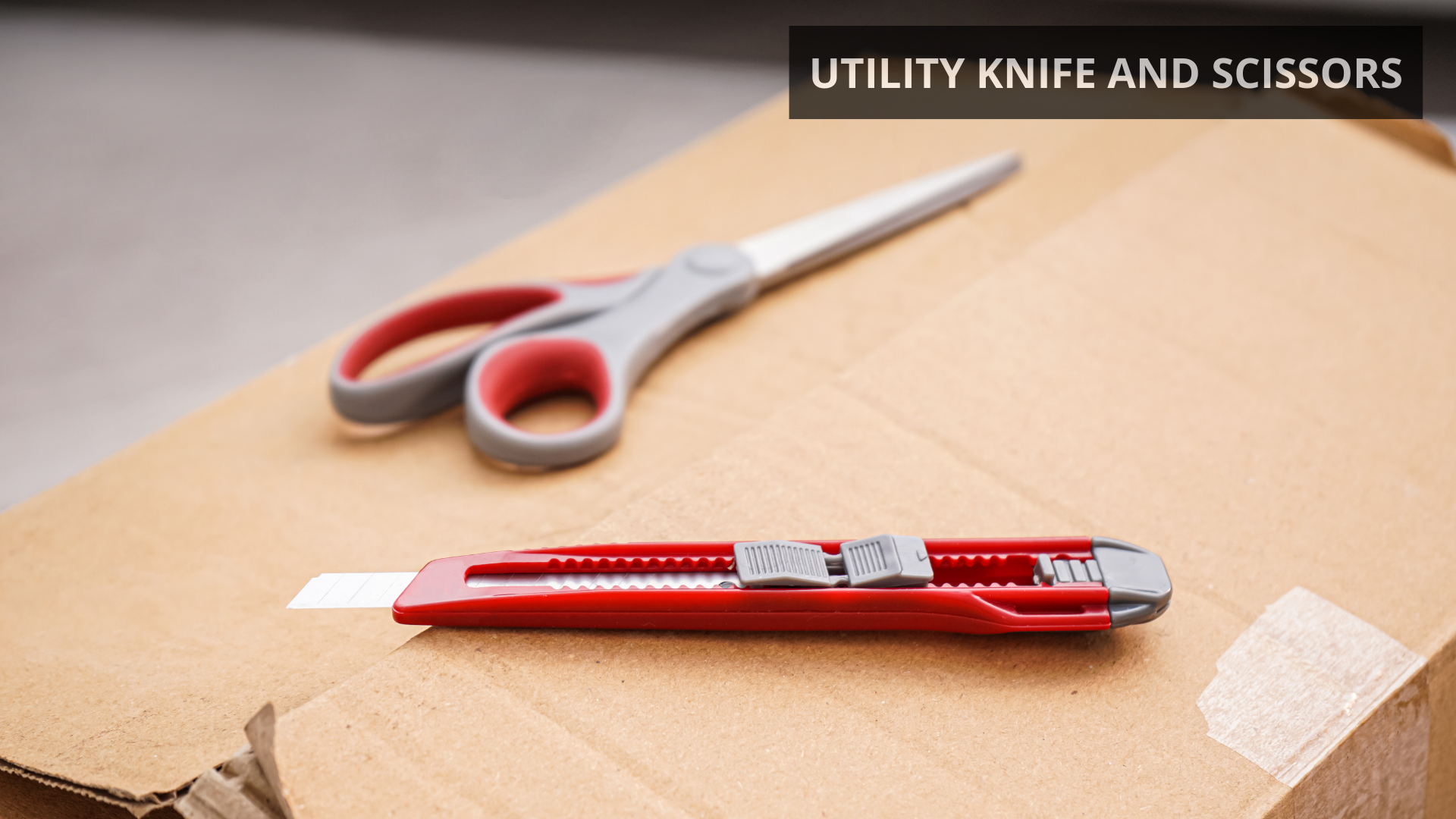
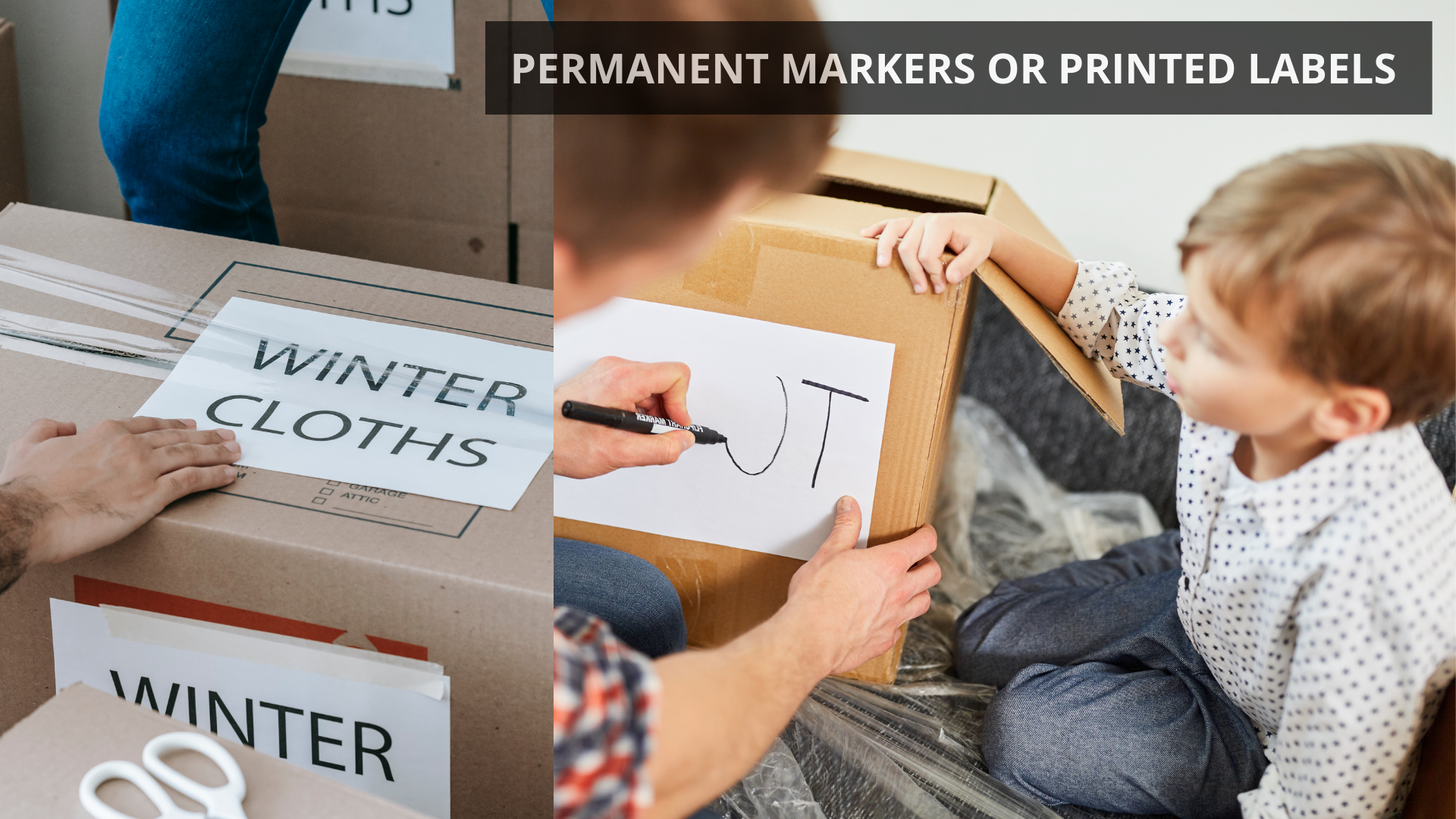
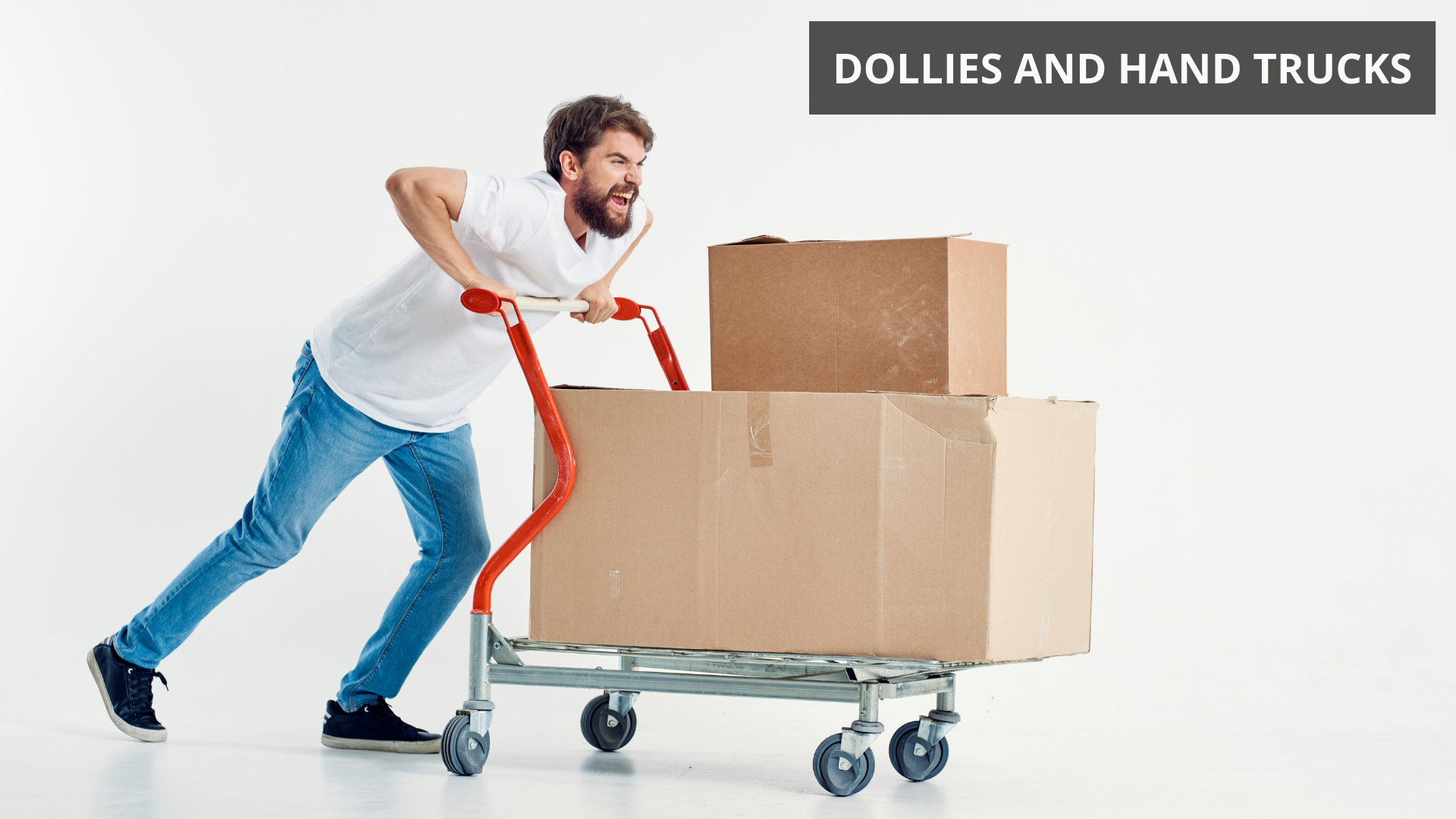
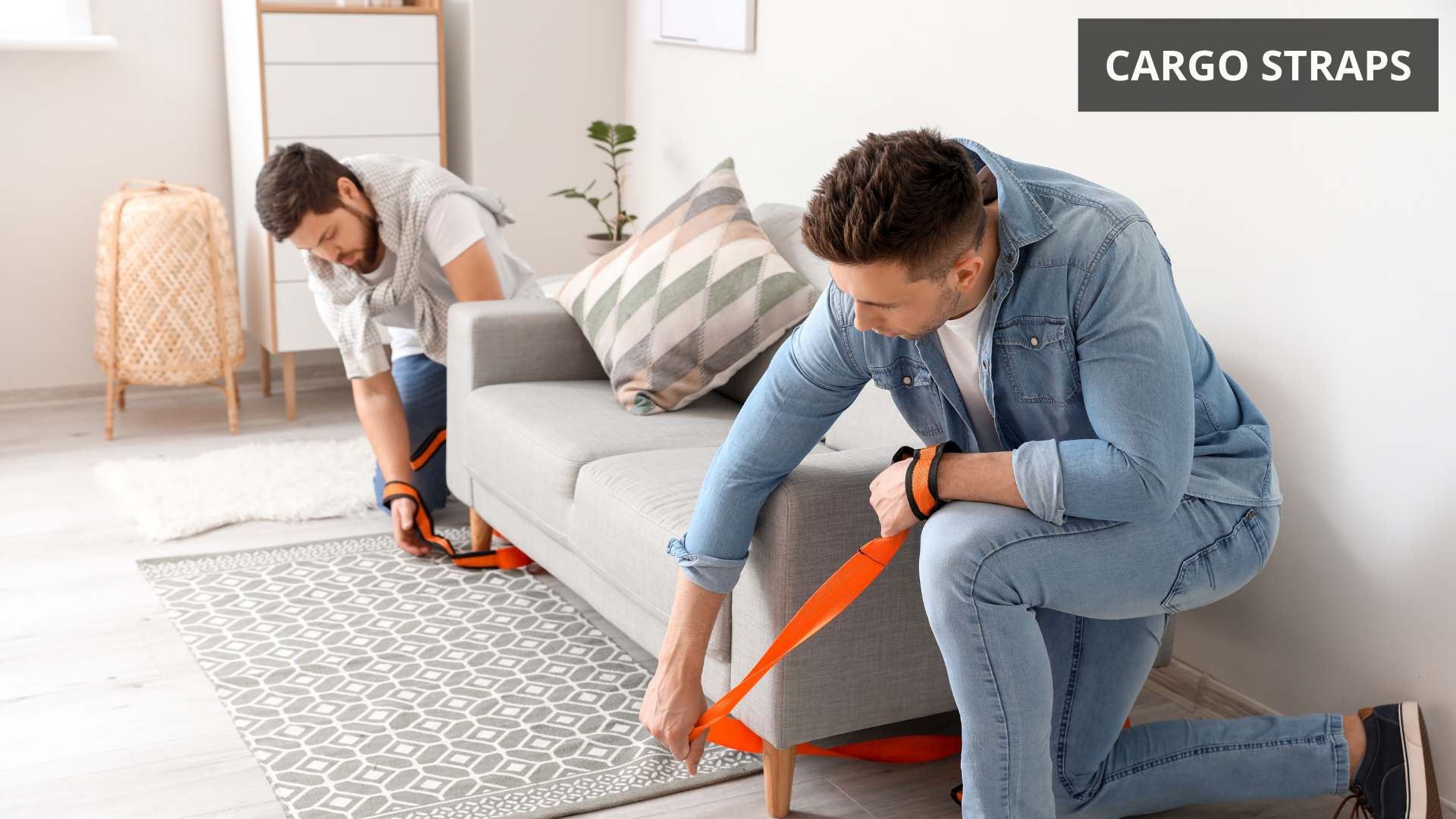
SMALL PACKAGE PACKING GUIDE
Quick Tips for Success
Choose the Right Box
- Match the box to the item's size and weight—avoid oversized or undersized boxes.
- Use heavy-duty boxes for heavy items.
- Inspect reused boxes for sturdiness and remove old labels.
Prepare Items for Packing
- Wrap fragile items individually with bubble wrap, foam, or packing paper.
- Tape over sharp edges to prevent damage or injury.
Fill Empty Spaces
- Use cushioning like foam peanuts, air pillows, or crumpled paper to prevent movement.
- Fill gaps snugly but avoid over-compression.
Seal the Box Securely
- Use quality packing tape (2 inches wide).
- Apply the "H-Taping Method" across seams for strength.
Do a Shake Test
- Shake gently to check for movement—add more cushioning if needed.
Reinforce Heavy or Odd-Shaped Items
- Double-box heavy items with cushioning in between.
- Add extra tape or cardboard to the box bottom for support.
Final Inspection
- Check for sturdiness and reinforce any weak spots with tape or padding.
How to properly pack a SMALL PACKAGE
Choose a Durable Box
- Match the Box to the Item(s): Select a box that fits the size and weight of your items. Avoid oversized boxes, as they can lead to excess movement, and undersized boxes that don’t allow for proper cushioning.
- Opt for Heavy-Duty Boxes for Heavy Items: Use double-walled cardboard or plastic boxes for heavier items to ensure the box can handle the weight without collapsing.
- Inspect and Reuse Carefully: If reusing a box, ensure it is sturdy and free of holes, tears, or dents. Remove all old labels to avoid confusion.
Prepare the Items for Packing
- Wrap Each Fragile Item Individually: Use bubble wrap, foam sheets, or packing paper to cover each item completely.
- Protect Sharp Edges: Wrap and securely tape over any sharp or jagged edges to prevent them from puncturing the box or causing injury during handling.
Fill Empty Spaces
- Choose Effective Cushioning: Use materials like foam peanuts, crumpled paper, air pillows, or shredded cardboard. Ensure the cushioning is dense enough to prevent items from shifting during transit.
- Pack Firmly: Fill all gaps around the items, keeping them snug but not overly compressed, to avoid damage or stress to the box walls.
Seal the Box Securely
- Use Quality Packing Tape: Avoid duct tape, masking tape, or string. Use packing tape that is at least 2 inches wide and designed for shipping purposes.
- Use the H-Taping Method: Apply tape in an "H" pattern across the box seams for added strength and to prevent accidental openings.
Conduct a Shake Test
- Check for Movement: Gently shake the box after sealing it. If you hear or feel items shifting, open the box and add more cushioning until the contents remain stationary.
Reinforce for Heavy or Odd-Shaped Items
- Double-Box Heavy Items: Place the packed box into a larger box with additional cushioning in between for extra protection.
- Reinforce Weak Points: Add extra tape or cardboard to the bottom of the box to support heavy items and prevent damage.
Final Inspection
- Verify Sturdiness: Check all sides of the box to ensure they are firm and stable. Address any weak spots with extra tape or padding.
Following these steps will ensure your package is securely packed, minimizing the risk of damage during international transit.
Your Trusted Partner in Global Shipping. Located in Chicago, we deliver excellence from all corners of the globe to destinations worldwide since 2008.
Contact Details
Phone: +1-708-576-8834
Email: [email protected]
Address: 7250 W 90th Street Bridgeview, IL 60455 Illinois, USA
Open Hours
- Mon, Wed, Fri
- -
- Tue, Thu
- -
- Sat - Sun
- Closed
Connect via WhatsApp for international support.




















